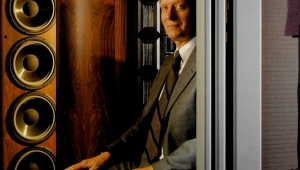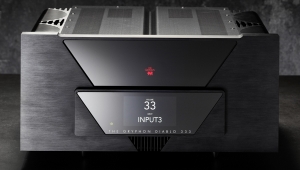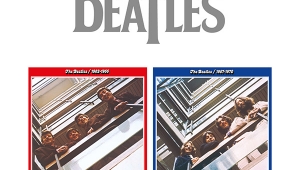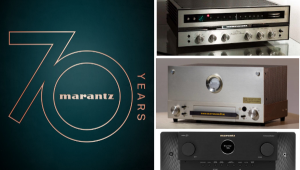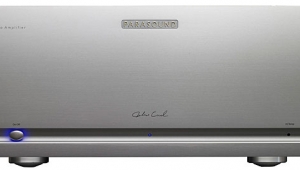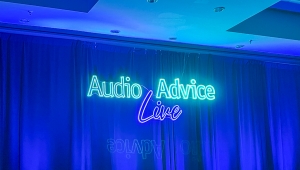| Columns Retired Columns & Blogs |
In addition to speakers and kits on his site, Mr. Linkwitz innovations were also heavily used in THX professional products as well as in home speaker specifications. The Linkwitz-Riley crossover was foundational to the THX professional gear, and the electro-acoustic LR4 crossover is the fundamental specification for THX satellite speakers.
It is not unfair to say this man deserves an Academy Award in innovation and technology as his work was used to help rebuild the motion picture industry and create the entire home theater industry.
Godspeed Sir, I'm sad we never met.







